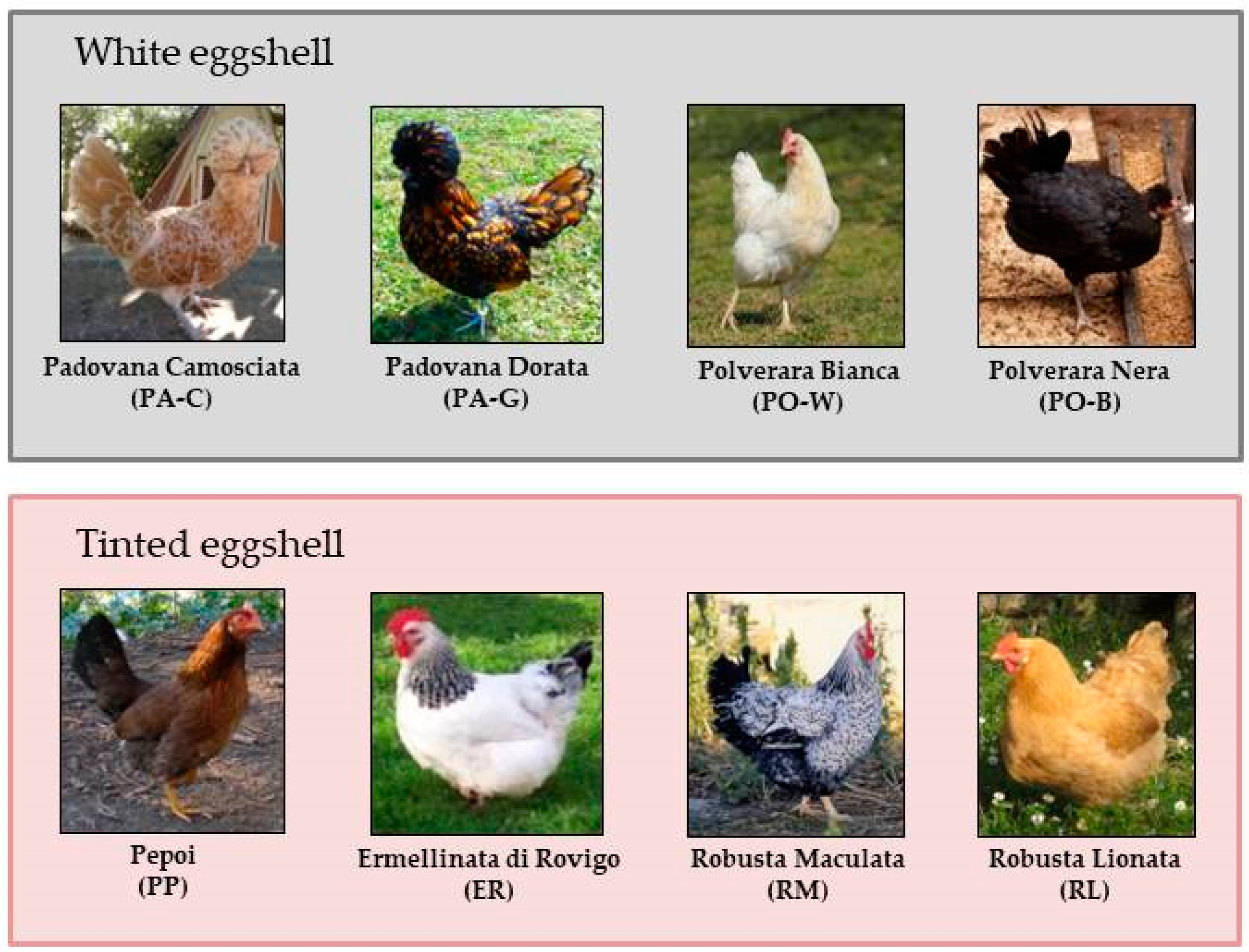
Animals, Free Full-Text
4.7 (632) In stock

4.7 (632) In stock
The aims of the present study were to characterize egg composition and develop VIS-Near-infrared spectroscopy (VIS-NIR) models for its predictions in Italian local chicken breeds, namely Padovana Camosciata, Padovana Dorata, Polverara Bianca, Polverara Nera, Pepoi, Ermellinata di Rovigo, Robusta Maculata and Robusta Lionata. Hens were reared in a single conservation center under the same environmental and management conditions. A total of 200 samples (25 samples per breed, two eggs/sample) were analyzed for the composition of albumen and yolk. Prediction models for these traits were developed on both fresh and freeze-dried samples. Eggs of Polverara Nera and Polverara Bianca differed from eggs of the other breeds (p < 0.05) in terms of the greatest moisture content (90.06 ± 1.23% and 89.57 ± 1.31%, respectively) and the lowest protein content (8.34 ± 1.27% and 8.81 ± 1.27%) in the albumen on wet basis. As regards the yolk, Robusta Maculata and Robusta Lionata differed (p < 0.05) from the other breeds, having lower protein content (15.62 ± 1.13% and 15.21 ± 0.63%, respectively) and greater lipid content (34.11 ± 1.12% and 35.30 ± 0.98%) on wet basis. Eggs of Pepoi had greater cholesterol content (1406.39 ± 82.34 mg/100 g) on wet basis compared with Padovana Camosciata, Polverara Bianca and Robusta Maculata (p < 0.05). Spectral data were collected in reflectance mode in the VIS-NIR range (400 to 2500 nm) using DS2500 (Foss, Hillerød, Denmark) on fresh and freeze-dried samples. Models were developed through partial least-squares regression on untreated and pre-treated spectra independently for yolk and albumen, and using several combinations of scattering corrections and mathematical treatments. The predictive ability of the models developed for each compound was evaluated through the coefficient of determination (R2cv), standard error of prediction (SEcv) and the ratio of performance to deviation (RPDcv) in cross-validation. Prediction models performed better for freeze-dried than fresh albumen and yolk. In particular, for the albumen the performance of models using freeze-dried eggs was excellent (R2cv ≥ 0.91), and for yolk it was suitable for the prediction of protein content and dry matter. Good performances of prediction were observed in yolk for dry matter (R2cv = 0.85), lipids and cholesterol (R2cv = 0.74). Overall, the results support the potential of infrared technology to predict the composition of eggs from local hens. Prediction models for proteins, dry matter and lipids of freeze-dried yolk could be used for labelling purposes to promote local breeds through the valorization of nutritional aspects.

Ben Hart - Hart's Horsemanship

Animals Free Full-Text “The Cone Of Shame”: Welfare Implications Of Elizabethan Collar Use On Dogs And Cats As Reported By Their Owners

Animals, Free Full-Text
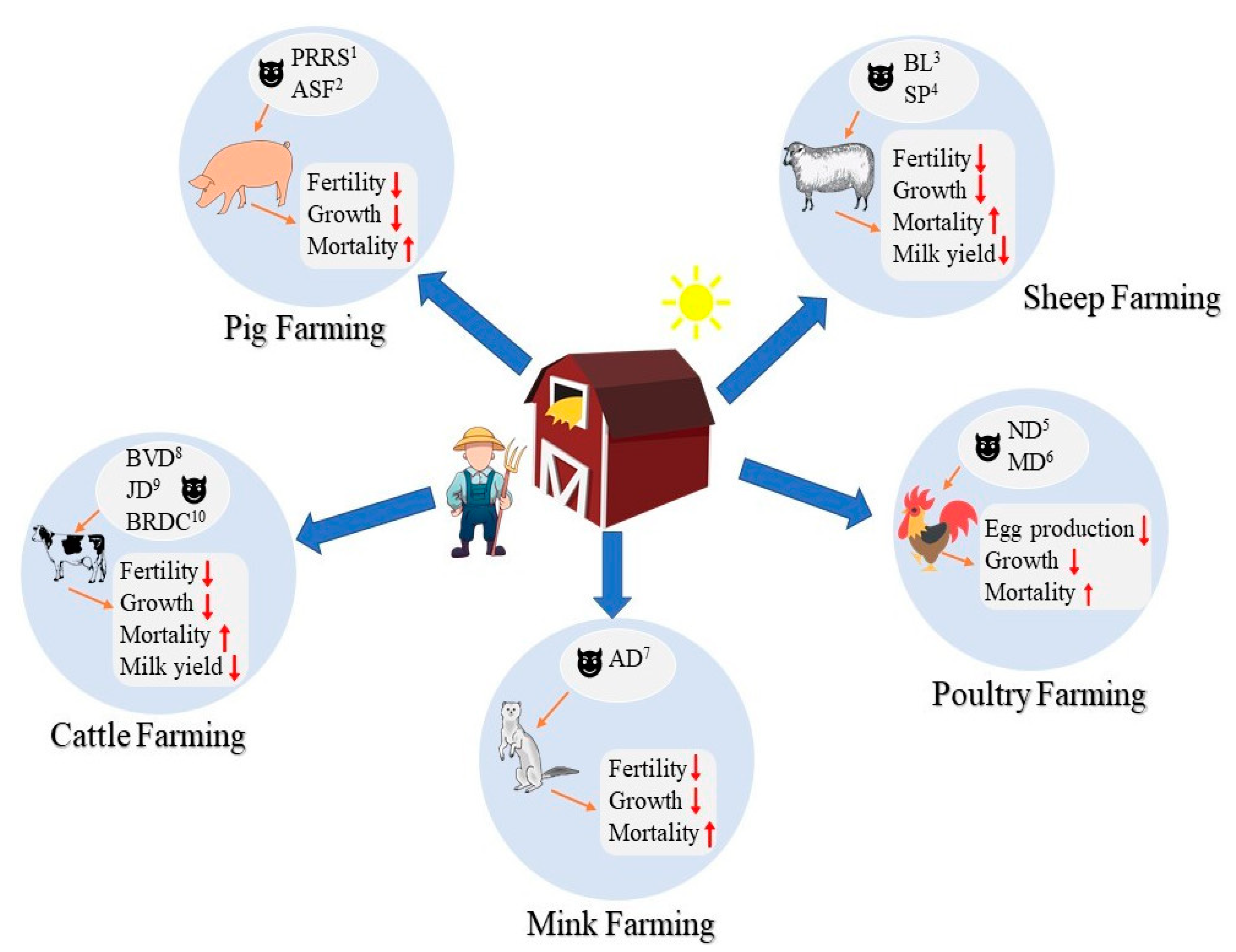
Animal Farm: A Tale of Management Principles and Power Dynamics, animal farm

Search Methods for Finding Missing Cats
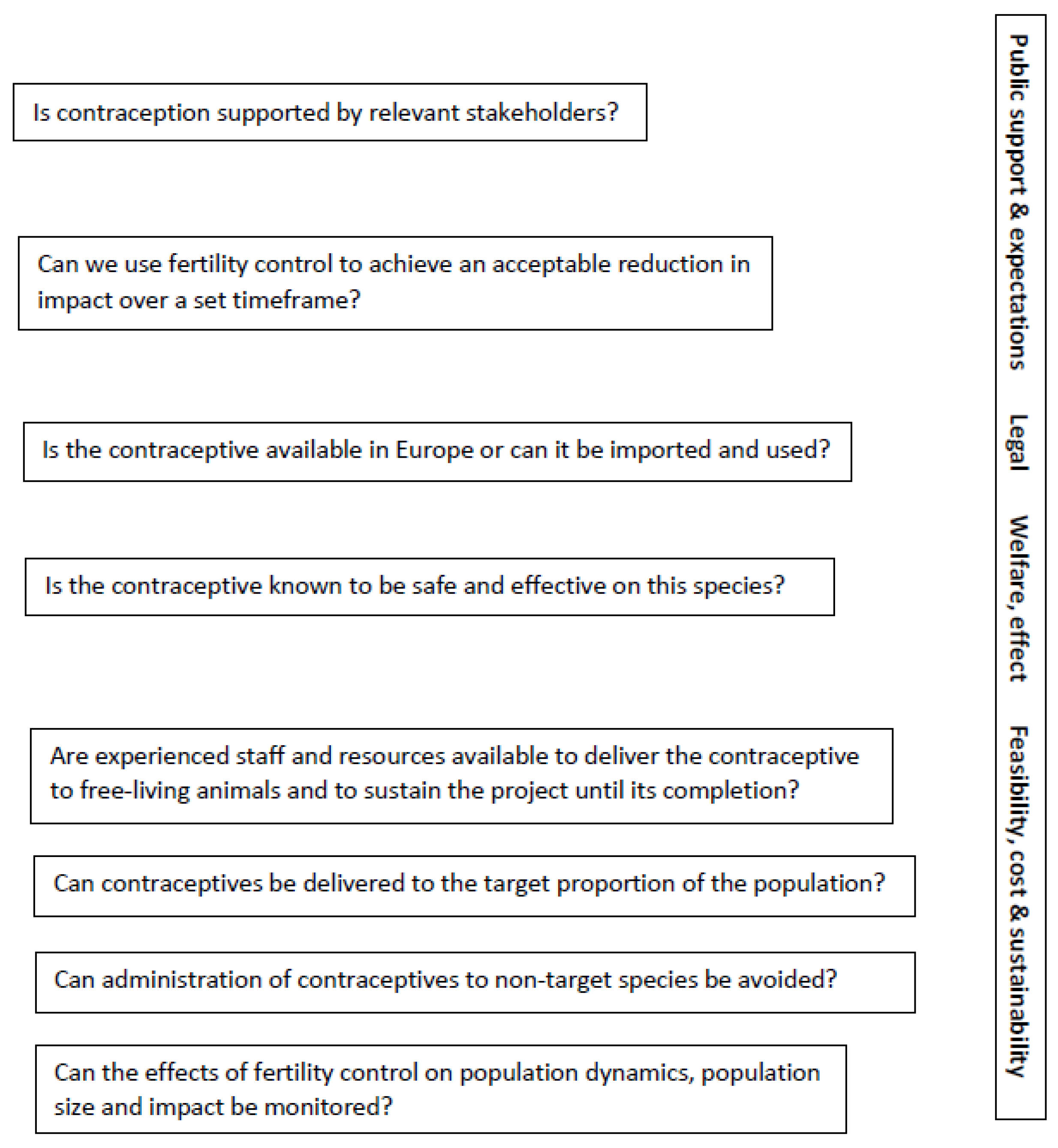
Animals, Free Full-Text

Animals, Free Full-Text, dingo

Animals, Free Full-Text, fish feed and grow igg

Animals, Free Full-Text
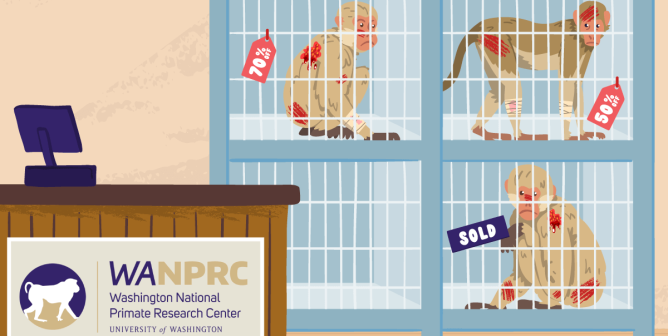
Animals, Free Full-Text, clickers meaning
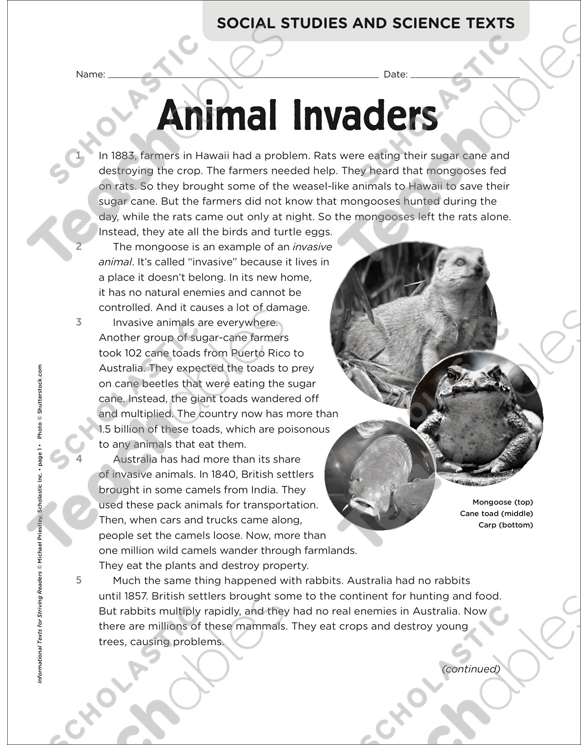
Animals, Free Full-Text, long dong tigers
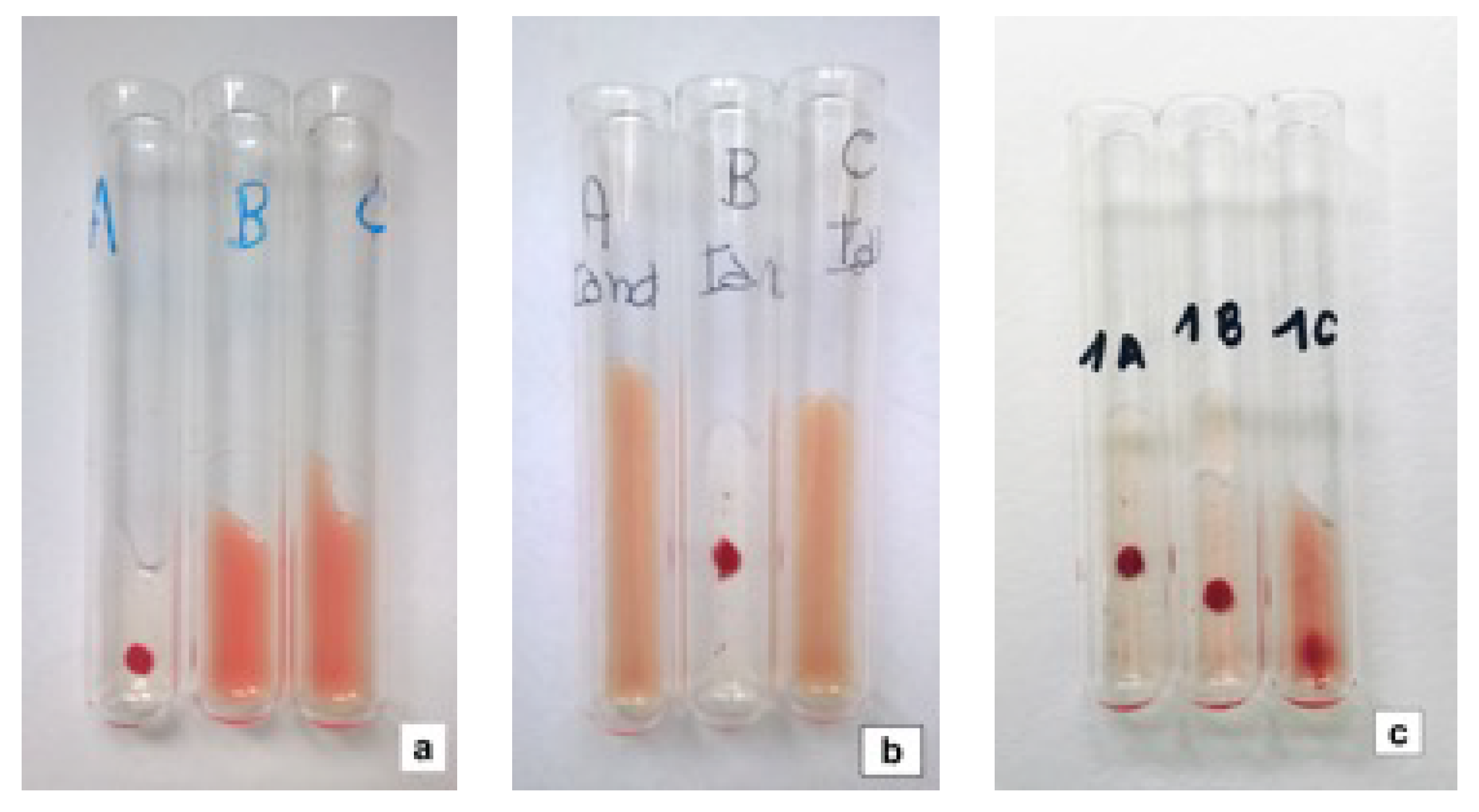
File:Blood typing by gel card method (column agglutination or MTS, O Positive